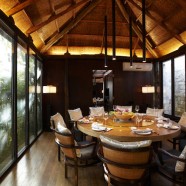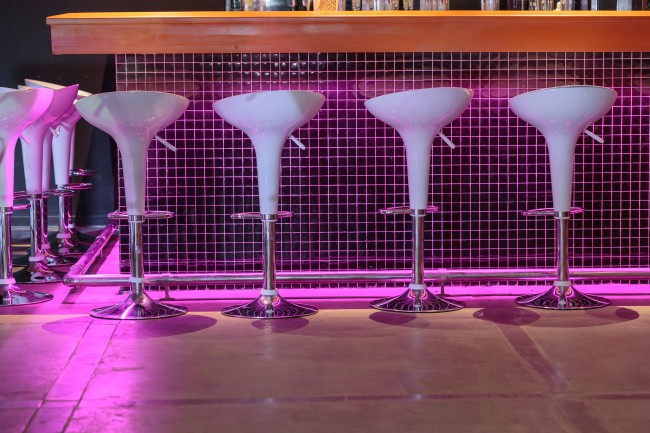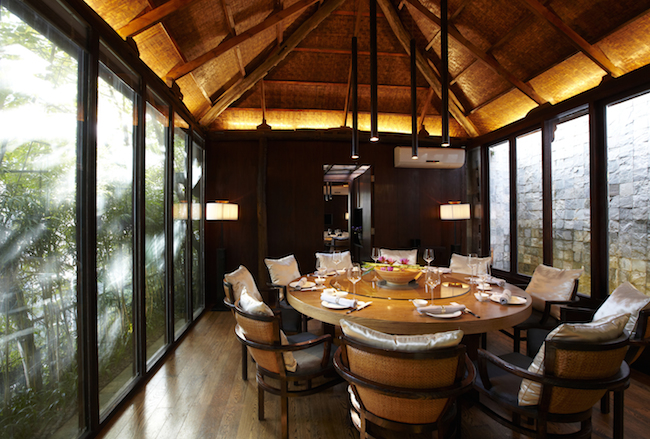What To Consider When Comparing LED Strip Lights
Much of the time, buying LEDs online isn’t so much a walk in the park as it is an expedition through the jungle. There are numerous competing brands in a poorly standardized market, making it hard for customers to understand which to choose. To help clarify the situation, here are the main LED lighting properties to consider when comparing LED strip lights.
Lumens
The measure of lumens is the measure of how much “visible” light is emitted from a source. For LED strip lighting, the amount of lumens will tell you how much light will be produced. The lumen output from our LED strip lights is measured in both lumens per reel and lumens per foot. To find the total amount of lumens produced by your installation, multiply the lumens per foot by how many feet of lights you’ll be rolling out.
The highest lumen output LED strip light we carry is the UltraBright™ Bright White Industrial Series strip, which emits a whooping 11,000 lumens per reel.
Watts
Check the wattage to find out how much energy the LED strip light you are considering will use. LEDs are a highly efficient form of lighting, but depending on the manufacturer, some chips will use less energy than others. To see how efficient any light is, divide the amount of lumens produced by the number of watts it requires (“lumens per watt”).
All Flexfire LEDs strip lights are highly efficient, though our “cool” temperature (brighter) lights are generally the most efficient because they don’t require as much phosphor coating.
Color Rendering Index (CRI)
Not all light is made equally; some light renders color better than others. CRI, Color Rendering Index, measures how natural colors look under a light source when compared with sunlight. The index runs from 0-100, with a perfect 100 indicating that colors under the light source appear the same as they would under natural sunlight. Lights that measure greater than 90 CRI are generally considered “High CRI” lights.
Flexfire LEDs’ UltraBright™ High CRI Series strip boasts a >93 CRI rating. This has important applications for photography, retail display and grocery lighting, where accurate color presentation is key.
Correlated Color Temperature (CCT)
Color temperature, measured in Kelvins (K), is used to determine what color wavelengths are emitted from a “white” light. A “cool” temperature light (4,500-6,500K) is composed primarily of the blue portion of the light spectrum with wavelengths that approach ultraviolet radiation. “Warm” temperature lights (2,700-3,200K) will appear with more yellow and orange tones, a light quality more consistent with the conventional incandescent light bulb.
Flexfire LEDs white strip lights come in warm, natural and bright white. Where and how you will use the lights determines which color temperature you should choose. Each color and light temperature has a unique psychological impact; warm, yellowish lights will leave you feeling more relaxed, while cool bluish lights will make you more alert and productive. We find that many of our customers choose the middle ground, enjoying the beautiful tones in our UltraBright™ Architectural Series Natural White strip lights.
IP Rating
The IP rating refers to how well a light is protected from both liquids and solids. An IP rating is comprised of two numbers; the first number refers to protection against solids (1-6), while the second refers to the protection against liquids (1-8). A fully solid- and waterproofed strip light would have a rating IP68.
This is a critical feature to look for when choosing a strip light for outdoor applications. The majority of light strips come with outdoor treatment options. The UltraBright™ Outdoor Architectural Series is a popular option due to its high lumen output and ability to function in long run installations.
LED chip type/ chips per reel
Informed LED strip light purchasers should also pay attention to the number of chips per foot and what type of LED chip is on the reel. LED strip lighting is produced using a variety of chip types. Looking at different products you might find identifications such as 3528 SMD or 5050 SMD. What’s the difference? Those numbers refer to the size of the chip as measured in millimeters. For example, 5050 SMD LED chips measure 5.0mm by 5.0mm.
While a larger chip will generally mean a higher light output, it’s also important to consider how many chips are on the reel. For instance, a strip that uses 3528 SMD chips may be brighter than a 5050 SMD strip light because there are more chips packed onto the reel.
Other questions
The terms provided above will help you measure the differences between LED strips, but there are other LED lighting facts to address as well. Do you need a dimmable LED strip light? What color do you want? Do you want a color-changing LED strip light? These are all questions our design specialists would be happy to answer for you.
If you’re interested in LED strip lighting, remotes, or dimmers, please stop by our website at flexfireleds.com or give us a call at 1-844-FLEXFIRE (1-844-353-9347) and let’s get going on your project today!













